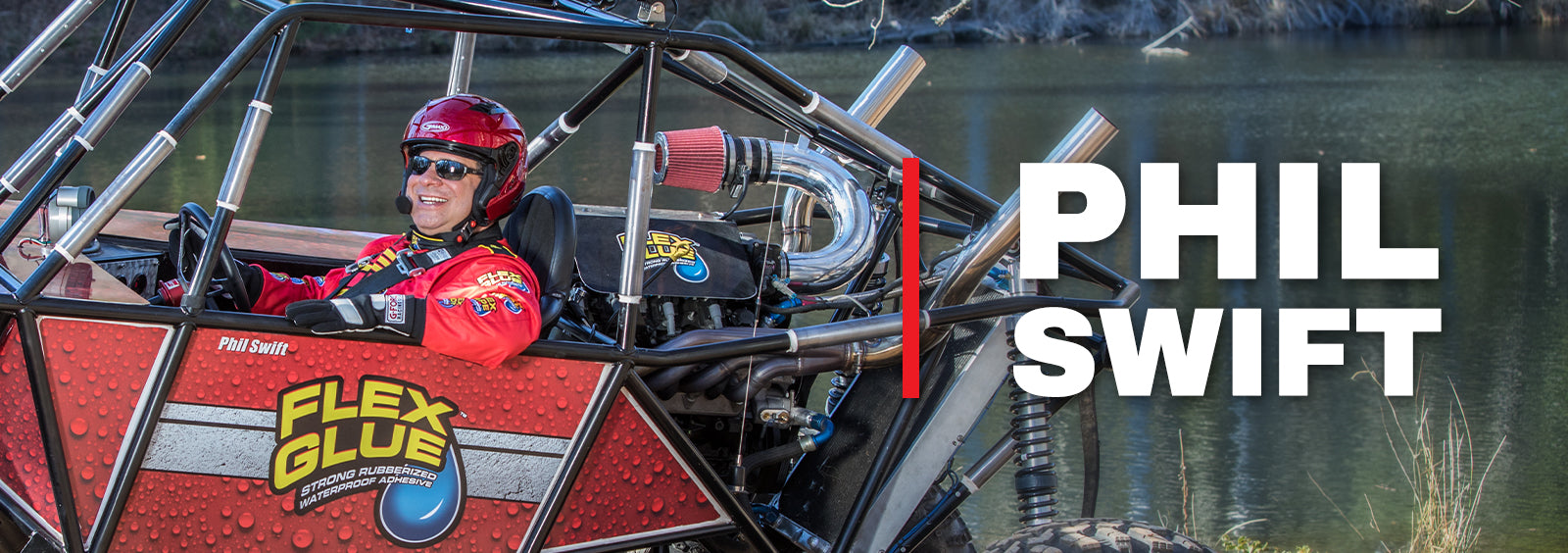¿Se puede usar Flex Paste en paredes?
Flex Paste® no es solo para pisos, cimientos o reparaciones de plomería, también puede usarse en paredes. Desde sellar grietas hasta reparar agujeros, Flex Paste es una opción confiable para reparaciones de paredes tanto interiores como exteriores.
Flex Paste en Paredes
Esta pasta espesa y de caucho se adhiere a una gran variedad de superficies, incluyendo paneles de yeso, yeso, concreto, ladrillo y madera. Una vez aplicada, forma un sello fuerte e impermeable que ayuda a proteger contra la humedad, fugas de aire y daños futuros.
Es especialmente útil para:
· Rellenar agujeros o grietas en paneles de yeso o mampostería
· Sellar espacios alrededor de ventanas o ventilaciones
· Reparar daños en paredes de sótanos o garajes
· Impermeabilizar áreas problemáticas en paredes exteriores
Uso interior vs. exterior
· Interior: Flex Paste puede usarse para reparar paneles de yeso, yeso o revestimientos de madera, especialmente en áreas propensas a la humedad como baños, lavanderías o sótanos.
· Exterior: Es ideal para sellar grietas en estuco, ladrillo o paredes exteriores de concreto para evitar que el agua penetre y cause daños a largo plazo.
Consejo para la aplicación en paredes
Para mejores resultados:
· Comienza con una superficie limpia
· Usa una espátula o herramienta similar para aplicar y alisar el producto
· Dale forma según sea necesario dentro de los 10 minutos posteriores a la aplicación, ya que Flex Paste comienza a formar una costra rápidamente
· Permite de 24 a 48 horas para que cure completamente, dependiendo de la temperatura y humedad
Consejo Flexperto: Flex Paste no se puede lijar. En su lugar, recomendamos usar una espátula o herramienta similar para alisar la superficie hasta obtener el acabado deseado. Una vez curado, Flex Paste puede pintarse, lo que facilita integrarlo con la reparación de la pared.
Si necesitas reparar, rellenar o impermeabilizar, Flex Paste ofrece una sujeción fuerte y flexible en la que puedes confiar. ¿Quieres verlo en acción? Visita nuestra Guía Cómo Usar Flex Paste para instrucciones paso a paso y consejos profesionales de aplicación.



















